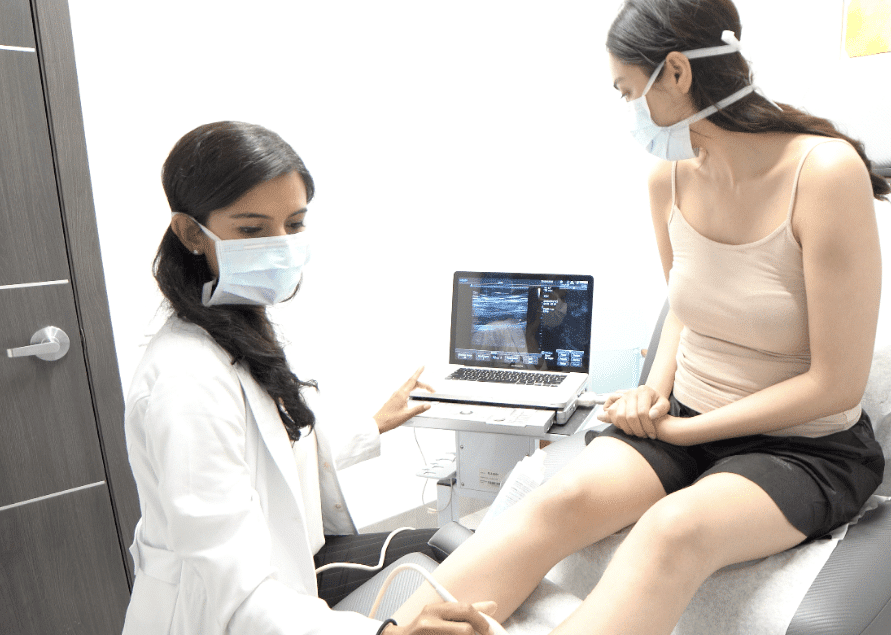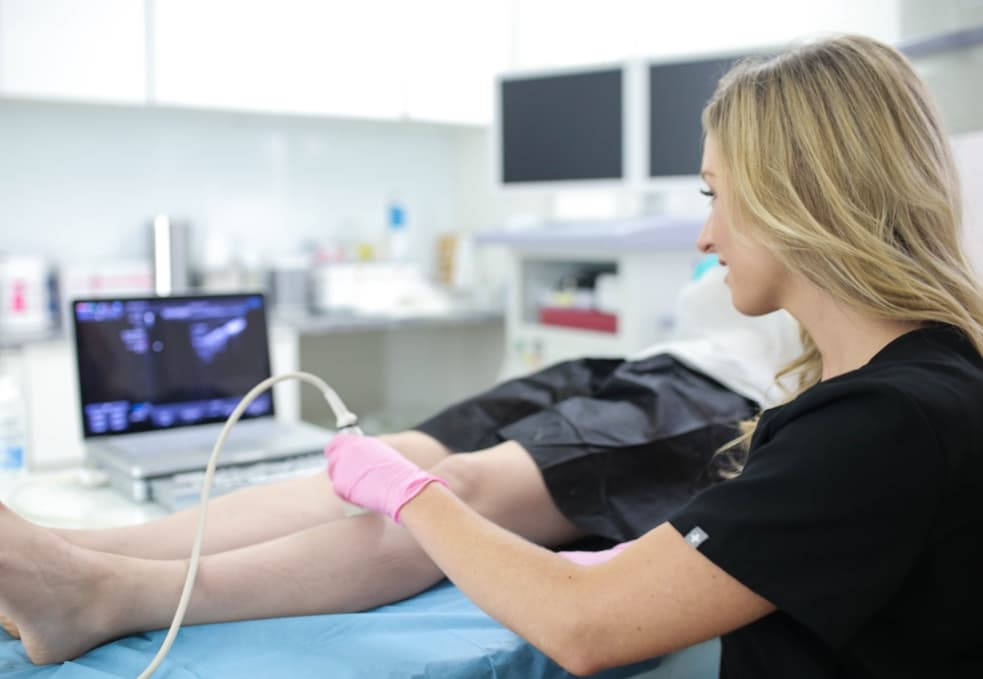How can I get rid of varicose veins without surgery?
Varicose veins are a common and often unsightly and uncomfortable problem for many people. While it can be tempting to turn to surgery for a quick fix, there are many ways to reduce the appearance and comfort associated with varicose veins without going under the knife. In fact, thanks to recent advancements in technology and vein care, surgery is unnecessary and needlessly complicated. Minimally invasive varicose vein treatments are just as effective as surgical procedures, and they usually involve a lower risk of vein disease recurrence.
One of the most straightforward ways to reduce the appearance of varicose veins is with lifestyle changes. Elevating the legs when sitting or lying down will help reduce swelling and discomfort. Exercise, especially walking or swimming, is a great way to improve circulation and support healthy vein structure. Additionally, avoiding long periods of sitting or standing will reduce the pressure on the lower leg veins. You can also wear compression stockings to improve blood circulation in the leg veins.
However, the most effective way to treat varicose veins is with minimally invasive treatment options, such as radiofrequency ablation, endovenous laser ablation, venaseal, clarivein, and ambulatory phlebectomy. Your vein doctor must diagnose the root cause of varicose veins and curate a personalized treatment plan to alleviate vein problems. Minimally invasive vein treatments usually destroy the diseased saphenous vein responsible for your vein problems, thus rerouting the accumulated blood into healthier leg veins, which can help with varicose veins.
Long Island Vein Center is a group of state-of-the-art vein centers led by board-certified vein doctors in Long Island. You can find our vein doctors in West Islip, Jericho, Hampton Bays, and the Port Jefferson Area. Our vein doctors always diagnose and treat the root cause of varicose veins using minimally invasive treatment options that allow you to resume your daily activities and work immediately. Please schedule an appointment to explore your vein treatment options in Long Island.

What are my minimally invasive treatment options for chronic venous insufficiency?
If you have chronic venous insufficiency, then you know it can lead to discomfort, leg heaviness, restless leg syndrome, leg pain, varicose veins, and other health issues. Luckily, various minimally invasive treatment options are available for managing this condition. Knowing more about your treatment options can help you make informed decisions about your health.
The most common minimally invasive treatment option for chronic venous insufficiency is endovenous laser ablation (EVLA). EVLA is a procedure that uses a laser to seal off weak or damaged veins. It’s done in an outpatient setting and involves an incision less than a centimeter long. After the treatment, you should feel relief from the symptoms of chronic venous insufficiency, including varicose veins, leg swelling, and aching in the legs.
Another option is sclerotherapy. This involves injecting medication into the affected spider veins. The medication causes the veins to shrink, after which the unwanted spider veins gradually fade from the skin’s surface. Sclerotherapy can’t treat chronic venous insufficiency, but it can reduce the appearance of spider veins and small varicose veins. It is also a minimally invasive procedure and can be done in an outpatient setting.
If you receive a chronic venous insufficiency diagnosis, make sure to ask your doctor about your minimally invasive treatment options. Some of the best minimally invasive vein treatments for chronic venous insufficiency include radiofrequency ablation, endovenous laser ablation, venaseal, clarivein, and ambulatory phlebectomy.
How is ambulatory phlebectomy performed?
Ambulatory phlebectomy is a minimally invasive procedure used to remove varicose veins. It’s a safe, effective treatment for bothersome varicose veins that may be difficult to treat with other methods. Let’s take a closer look at how this procedure is done.
The procedure begins with a physical exam to identify the size, shape, and location of the affected veins. Once the location is determined, the vein doctor injects a local anesthetic to numb the skin. During the procedure, the vein specialist will make several small incisions in the skin to access the affected veins. A special instrument, called a phlebectomy hook, is then used to gently extract the veins. The entire procedure typically takes between 30 and 60 minutes.
After the veins are removed, the incisions are carefully closed with dissolvable stitches. These will eventually dissolve over time, and the incisions will naturally heal. You may experience a little swelling and tenderness at the site of the incisions, but this should subside quickly. Your vein doctor may recommend wearing compression stockings after the procedure to help reduce swelling. You can walk or resume regular activity immediately after the procedure. However, it is important to follow any post-operative instructions to ensure the best possible outcome.
How often should I wear compression stockings after varicose vein treatments?
Receiving varicose vein treatment can enormously impact your quality of life. Not only do treatments like laser ablation and sclerotherapy reduce discomfort and the unsightly appearance of varicose veins, but they can also prevent serious medical issues from developing from chronic vein disease. However, even after successful treatments, you may need to take further steps to prevent veins from reappearing. Compression stockings are a popular and effective way to maintain the treatment’s results.
So, how often should you wear compression stockings? Generally speaking, your vein doctor will give you specific instructions on compression stocking use. Compression stockings come in different levels of pressure, which should be selected based on your specific needs. Your doctor will also likely recommend how tight the stocking is and how long you should wear it daily. In most cases, you’ll want to wear compression stockings all day, at least for the first few weeks, following which you can reduce how often you wear them.

